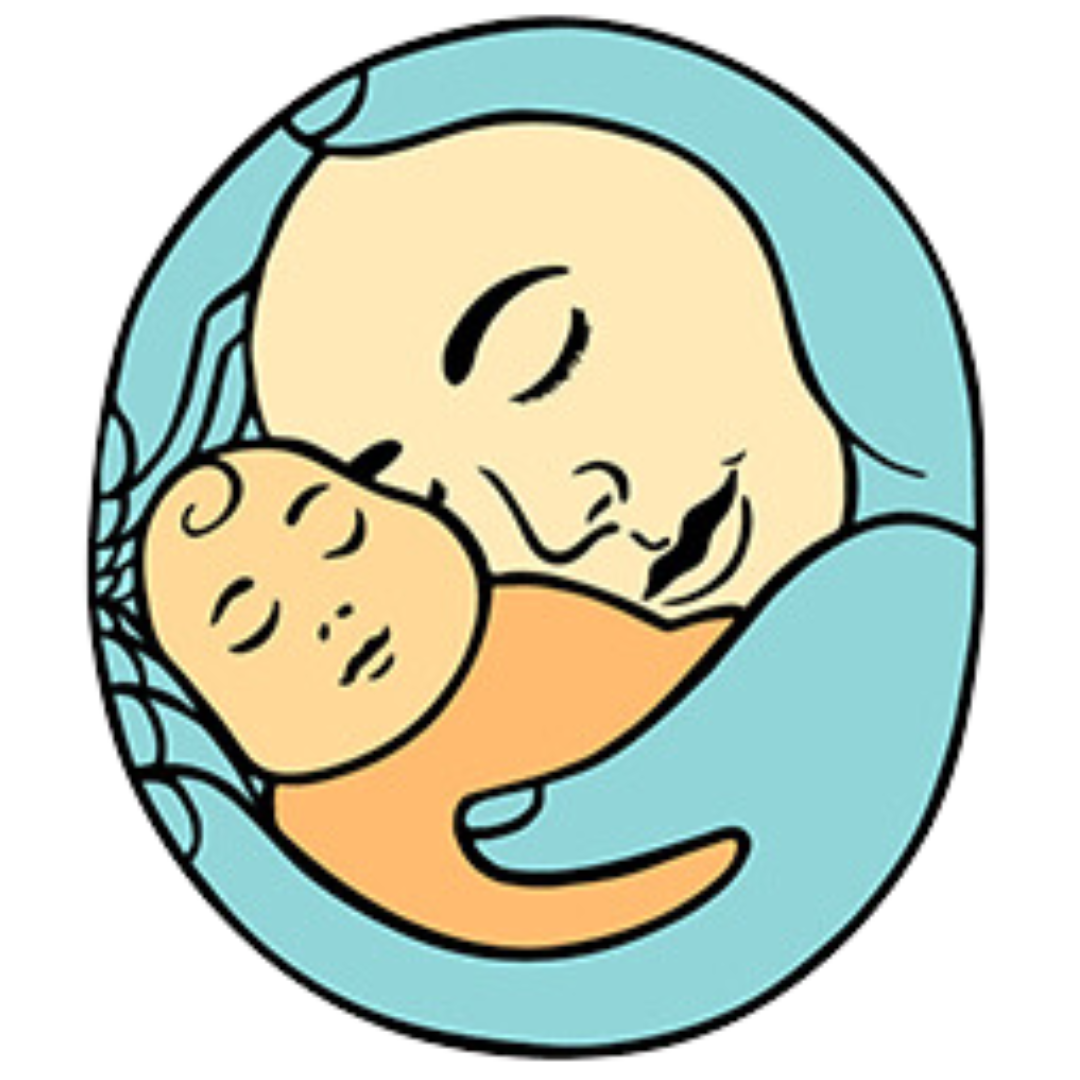Mythbuster 2: Breakroom Talk about Vaginal Tearing
I was recently at a Super Bowl Party, where I spent the whole time socializing (and eating, of course). I was there with several other mothers, all of whom have adopted their children, and therefore have never given birth. One of these mothers, a good friend of mine, is very averse to discussing all things related to birth. She mentioned overhearing a colleague say that "all woman giving birth must choose between being cut and tearing", and shuddered as she recalled this. Hearing her fear and horror about the topic of tearing and episiotomy made me realize that this would be a perfect myth to bust.
The topic of tearing or having an episiotomy can be a cause of anxiety for many women preparing to give birth. So, what are the facts? Does it have to be one or the other? Is there a way to prevent or reduce the possibility of either? In short, no---not all women tear or need an episiotomy. And Maybe. You may be able to prevent tearing. More on that in a minute. An episiotomy is an incision made in the perineum to prevent natural tearing. This used to be (key words-- used to be--) performed routinely by most OBs because it was thought that a clean cut would heal better and faster than a tear. Most OBs that are up to date with current research will ensure their patients that routine episiotomy is no longer a part of their practice. Sometimes episiotomies are still performed. Usually this occurs if the care-provider feels that it will prevent a an extensive vaginal tear, if the baby is very large or in a sub-optimal position, or if there is a perceived emergency which requires that baby is born very quickly. If you are not sure of your care provider's policies in regards to episiotomies, ask. And if you don't want one be sure to make that clear to your doctor, the doctor on call, and to include it in your birth plan.
So you know you don't have to receive a routine episiotomy, but what about tearing? Does a birthing woman have to tear, can it be prevented? There is a lot of anecdotal evidence, and some research based evidence that birthing women can prevent tearing. But first, here are the facts about perineal tearing during delivery. In an article written for Science and Sensibility by Evidence Based Birth founder Rebecca Dekker, research is cited which says that 44-79% of women who spontaneously labored had a vaginal tear. These tears vary from being just around the urethra, requiring no stitching, to 4th degree tearing during which the laceration extends from the vagina to the rectum. So, although the majority of women do tear, the degree to which the tear occurs varies widely. Most experts agree that spontaneous tearing is better for the birthing woman than a routine episiotomy. But what about preventing tearing? Essentially women and their care providers have tried to prevent tearing using three primary methods: massage of the perineum, warm compress during delivery, and optimizing the position of the laboring woman during pushing. In the above mentioned article for Science and Sensibility Dekker does a great job (as usual) at explaining the research based evidence regarding perineal massage. According to the research she cites, it seems the jury is still out. There was a reduction in the percentage of episiotomies performed on first time moms who used some massage, but not necessarily a reduction in spontaneous tearing. Warm compresses during pushing, as well as the use of mineral oil could allow the skin to stretch more, but there is not a lot of easily accessible research about this. It couldn't hurt, though. Finally, positioning. Women who are on their backs during pushing are more likely to tear. Women who push while on all fours are less likely to tear. Does this surprise you? We know that laboring on our backs is a suboptimal position for many reasons, and this can just be added to the list.
So, women in the break room at my friend's work: no. Your myth has beenbusted! You don't have to either have an episiotomy or tear, necessarily. And, if you can make the choice, tearing is normally better. And, if you are concerned about tearing then talk to your care provider about it, and see what they do when trying to prevent tearing. And, if at all possible, don't labor on your back!

